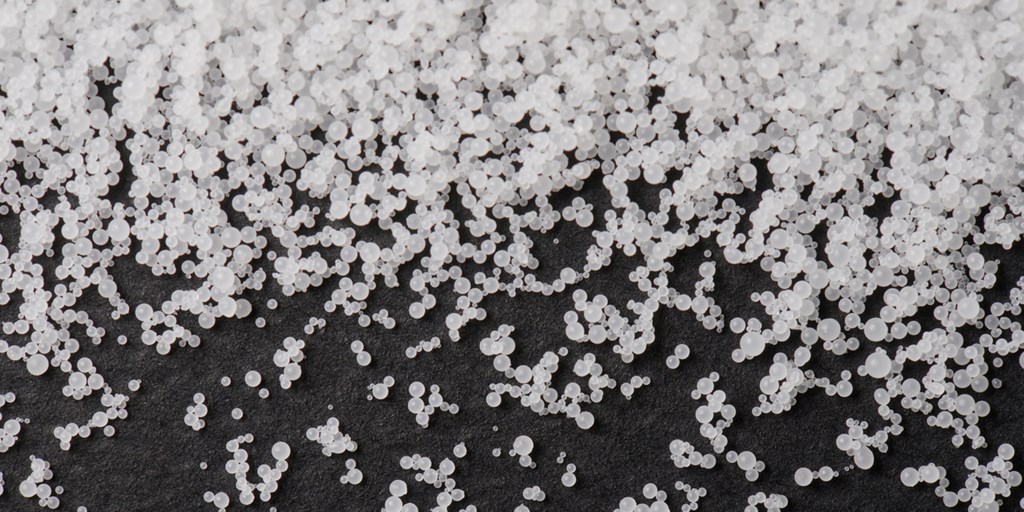
Plastic injection molding is one of the most common methods of manufacturing. It is especially well-suited to large-volume processes and can be used to make all kinds of things, from machine tooling to children’s toys, to parts of household appliances. While upfront costs can be high, plastic injection molding is a popular choice for manufacturers because the production cost per item is low at large volumes and material waste is minimal compared to other manufacturing methods.
Plastic injection molding relies on the use of certain kinds of polymers called thermoplastics. These materials are melted down and the molten material is injected into a mold where it cools and hardens into the shape of the final product. The choice of thermoplastic polymer for a manufacturing process will make or break the success of the product, so it’s important to understand the materials well before you get started.
Here are some of the most commonly asked questions about thermoplastic polymers.
What are thermoplastic polymers?
Thermoplastic polymers are plastics that melt to a liquid or moldable form at high temperatures and then harden to a solid form once cooled. This characteristic comes from the unique arrangement of molecules that make up this kind of material.
A monomer is a molecule that can join with other molecules of the same kind to form a structure. This structure is called a polymer. Polymers come in all kinds of shapes. Thermoplastic polymers are shaped like lines or branches, which means the bonds between their monomers are relatively weak. It’s this weakness that allows them to melt to a liquid form and change their shape over and over again. This makes thermoplastic polymers ideal for manufacturing because they can be molded into any shape an engineer wants. It also makes them highly recyclable.
Thermoplastic polymers are different from thermosetting polymers, which cannot be melted again after they have cured and set into a shape.
What are some examples of thermoplastic polymers?
Acrylonitrile Butadiene Styrene (ABS)
ABS is a low-cost, easy-to-use polymer that is common in injection molding manufacturing. It is known for its stiffness, impact resistance, electrical insulation properties, resistance to chemicals, and ability to withstand both high and low temperatures.
Nylon
Nylon is a kind of polyamide that is known for heat resistance. It is often used in fabrics and ropes as a substitute for silk, as well as in machine parts and tool casings.
Polyethylene
Polyethylene is a polymer known for its molecular density and resistance to chemicals. It is the most commonly produced synthetic polymer and a versatile material, used in products ranging from milk jugs to bulletproof vests.
Polycarbonate (PC)
Polycarbonates are widely used in engineering because they are resistant to heat and flame, sturdy, stable, and can be transparent. Because of their stability, polycarbonates are often used in the food and medical industries.
Polypropylene (PP)
Polypropylene is similar to polyethylene, but it is slightly harder and more resistant to both heat and chemicals. It also has a wide range of uses, including many kinds of food containers because it can withstand both household dishwashers and the industrial hot filling process of many packaged foods.
Polyvinyl chloride (PVC)
PVC is a well-known thermoplastic that is used to make everyday objects like construction materials and debit cards. It is known for rigidity and is more vulnerable to heat than some other thermoplastics.
How are thermoplastics made?
Because thermoplastics are usually recyclable, the material for many thermoplastic products comes from existing thermoplastic items. However, sometimes the material has to be created from scratch.
Thermoplastics can be made from natural or synthetic ingredients. The cellulose fibers in wood and cotton are a good example of natural ingredients that can be made into thermoplastics. Petroleum is another common source of thermoplastic raw materials.
The ingredients of each kind of thermoplastic are usually combined through a process such as emulsion polymerization, suspension polymerization, or mass polymerization. Once combined, the polymer becomes small granules that can be shipped to manufacturers. The manufacturers can then melt these granules and mix in the additives they need to give the thermoplastic desired qualities ranging from color to strength to heat and chemical resistance. To learn which thermoplastics might help your project, contact us today
Experience the Thogus Difference
Connect with us today to discuss your project and to learn more about our capabilities.